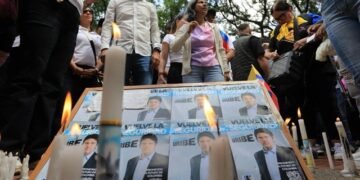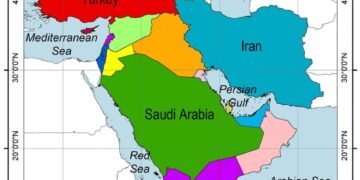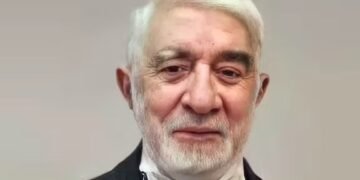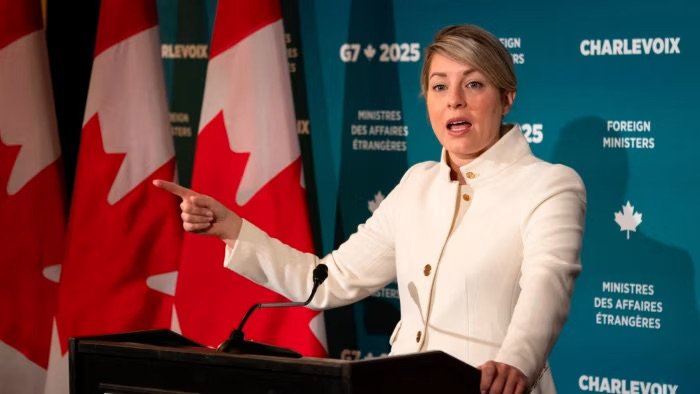Foreign ministers from the G7 nations reached an agreement on Friday, reaffirming their commitment to Ukraine’s territorial integrity and warning Russia to follow Kyiv’s lead in accepting a ceasefire or risk additional sanctions.
The joint statement came after weeks of tension between U.S. allies and President Donald Trump, who has unsettled Western unity on trade, security, and Ukraine-related policies.
Trump Pushes Putin to Halt Fighting
On Friday, Trump urged Russian President Vladimir Putin to spare Ukrainian troops retreating from Russia’s Kursk region, claiming there was a “very good chance” of ending the war.
Following a meeting in Moscow between Trump’s envoy, Steve Witkoff, and Putin on Thursday night, Trump described the discussion as “very good and productive.” The Kremlin later confirmed that Putin had responded to Trump’s ceasefire proposal—one that Kyiv has already accepted—with “cautious optimism.”
Putin’s Conditions for a Ceasefire
While Putin indicated broad support for Trump’s proposal, he stressed that fighting could not pause until several conditions were met, hinting at extended negotiations ahead.
U.S. Secretary of State Marco Rubio echoed cautious optimism about a potential ceasefire but declined to discuss Putin’s stipulations.
G7 diplomats had initially struggled to draft a comprehensive statement covering a range of global conflicts, with fears that internal disagreements could strengthen Russia and China’s positions.
G7 Unity Holds Amid Tensions
Meeting in La Malbaie, Quebec, G7 officials debated language regarding Ukraine, the Middle East, and China. The final communique underscored the group’s “unwavering support for Ukraine in defending its territorial integrity, sovereignty, and independence.”
Since Trump took office in January, his administration has refrained from explicitly ruling out the possibility of Ukraine ceding territory to Russia—a shift that had raised concerns among allies.
G7 Urges Russia to Follow Kyiv’s Lead
The communique called on Moscow to accept a ceasefire on equal terms and warned of additional sanctions if Russia refused. These measures include potential oil price caps and restrictions on the Kremlin’s shadow shipping network, which has been evading Western sanctions.
The statement emphasized that any ceasefire must be honored and backed by “credible security assurances” to ensure Ukraine can deter future aggression.
British Foreign Secretary David Lammy praised the communique, calling it “very strong.”
Debates Over Language on China and the Middle East
Washington opposed tougher G7 language on Russia’s shadow fleet, preferring to keep negotiations open, while advocating a stronger stance against China. Ultimately, the G7 issued a separate statement on maritime security, including a new task force to address Russian sanctions evasion—a Canadian-led initiative.
The final document also reaffirmed G7 opposition to any forced changes in the Taiwan Strait’s status quo, a stance welcomed by Taipei.
Middle East Wording Sparks Controversy
The communique omitted references to a two-state solution in the Israeli-Palestinian conflict, a significant departure from earlier drafts. Instead, it acknowledged the “legitimate needs and aspirations” of both sides while emphasizing a broader goal of regional stability.
Despite internal tensions, the G7 ultimately maintained a united front, sending a clear signal to Moscow while navigating divisions on other global challenges.

 English
English






































